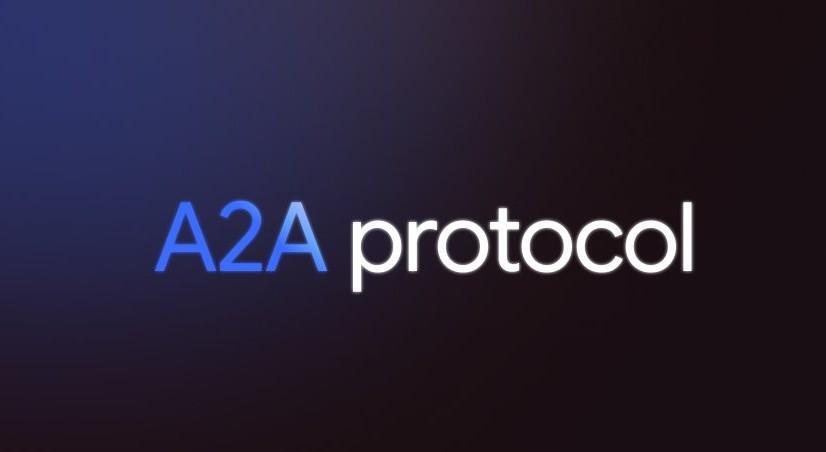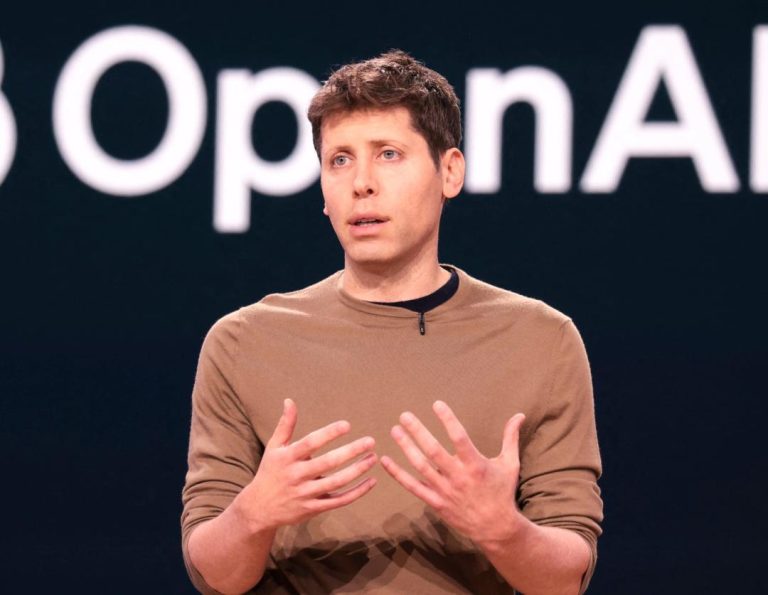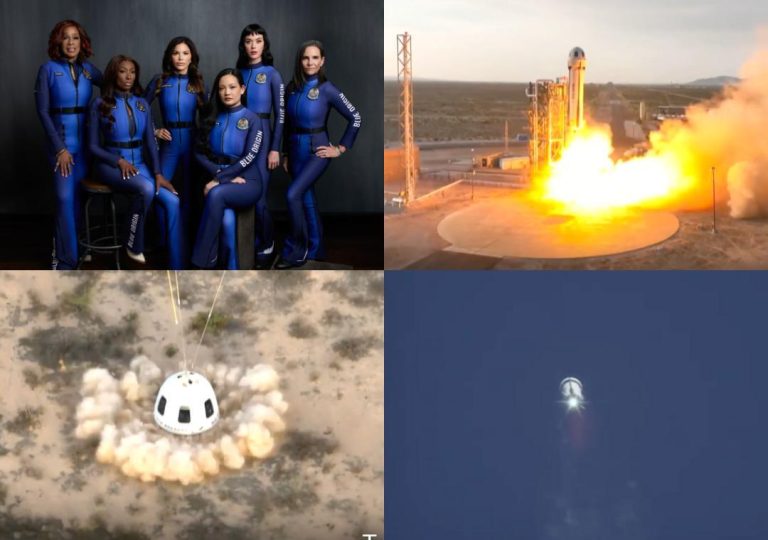
Google Launches A2A Protocol to Enhance AI Agent Synergy
In a groundbreaking move, Google has unveiled Agent2Agent (A2A), a new open-source protocol that enables AI agents from various systems to work together seamlessly. This innovative protocol allows AI agents to communicate with each other, securely exchange information, and coordinate actions over various enterprise platforms or applications. With A2A, developers can now build agents capable of connecting with any other agent built using the protocol, opening up a new era of agent interoperability.
The need for agent interoperability has been increasingly recognized in recent years, as AI agents have become integral to various industries and applications. However, the lack of a standardized protocol has made it challenging for agents to communicate effectively, leading to siloed operations and limited collaboration. Google’s A2A protocol aims to address this issue by providing a common language for AI agents to interact with each other, regardless of the platform or application they are built on.
A2A is designed to enable secure and efficient communication among AI agents, allowing them to exchange information, coordinate actions, and collaborate on tasks. The protocol is based on a set of open-source libraries and APIs that can be easily integrated into existing systems and applications. This makes it an attractive solution for developers looking to build agents that can interact with other agents from different systems.
One of the key benefits of A2A is its ability to facilitate secure communication among AI agents. The protocol uses advanced encryption techniques and secure authentication mechanisms to ensure that data is protected and only accessible to authorized agents. This is particularly important in industries such as finance, healthcare, and government, where data security is of paramount importance.
A2A also provides a flexible and scalable architecture that can be easily adapted to different use cases and applications. The protocol is designed to be modular, allowing developers to easily add or remove features as needed. This makes it an ideal solution for organizations looking to build custom AI agents that can interact with other agents from different systems.
The potential applications of A2A are vast and varied. In the healthcare industry, for example, A2A could enable AI agents to collaborate on patient care, share medical records, and coordinate treatment plans. In the financial industry, A2A could facilitate secure communication among AI agents, allowing them to exchange market data, coordinate trades, and manage risk.
In addition to its practical applications, A2A also has the potential to drive innovation and competition in the AI industry. By providing a common protocol for AI agents to interact with each other, A2A can unlock new use cases and applications that were previously not possible. This can lead to faster development of new AI technologies and more innovative solutions to real-world problems.
Google’s launch of A2A is a significant milestone in the development of AI agent interoperability. The protocol has the potential to transform the way AI agents interact with each other, enabling them to collaborate more effectively and securely. As more developers and organizations adopt A2A, we can expect to see a new wave of innovation and applications in the AI industry.
In conclusion, Google’s A2A protocol is a major breakthrough in the development of AI agent interoperability. With its secure communication capabilities, flexible architecture, and potential for widespread adoption, A2A has the potential to transform the way AI agents interact with each other and drive innovation in the industry. As developers and organizations begin to adopt A2A, we can expect to see a new era of agent interoperability and a new wave of innovative applications in the AI industry.
Source: https://developers.googleblog.com/en/a2a-a-new-era-of-agent-interoperability/






